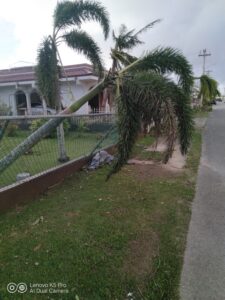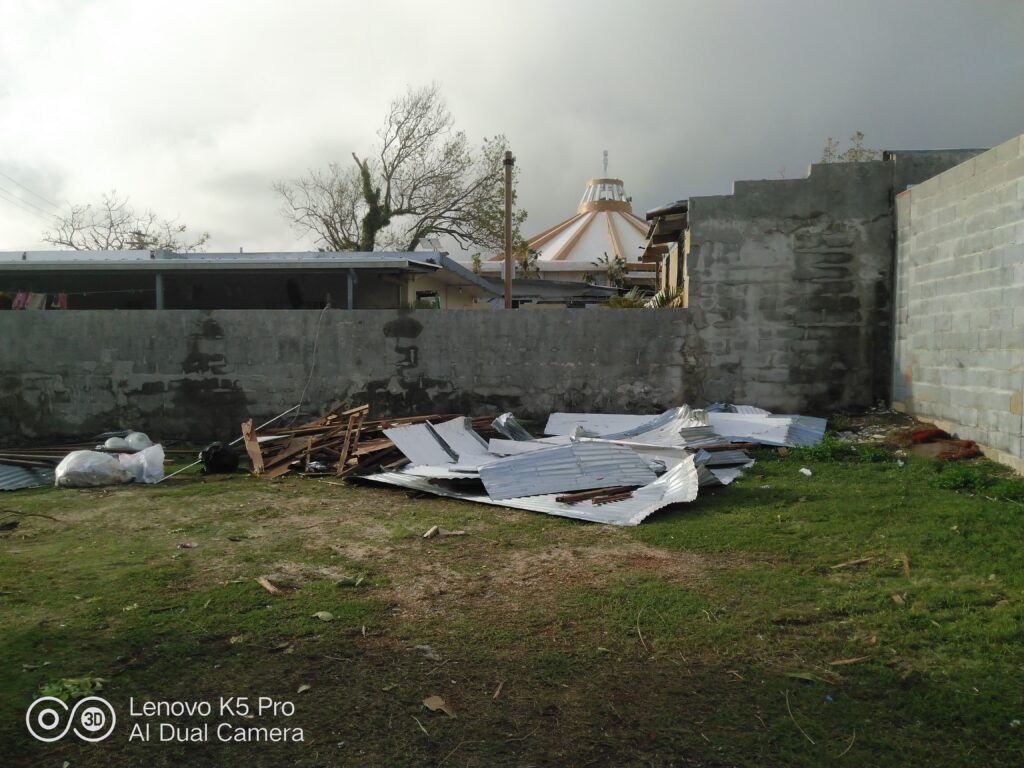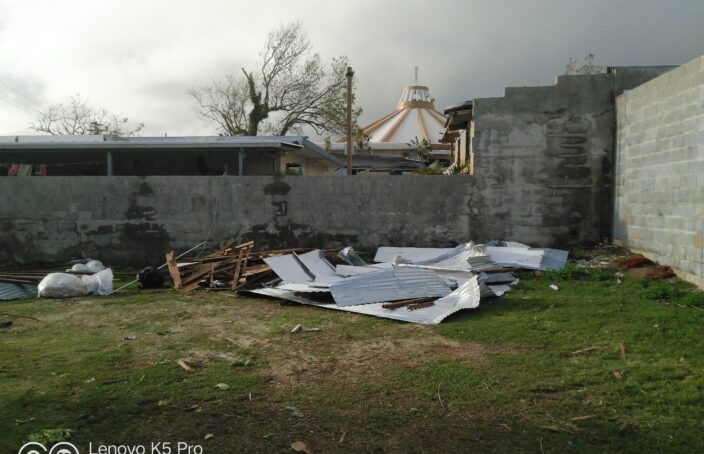Typhoon Mawar Up-Close
Mawar was the fifth typhoon I’ve been through here in the Pacific–the first one on Guam; with all four previous typhoons occurring in Chuuk. This was the strongest and the longest of the lot, according to the weather reports.
It was sloooow in reaching Guam. Mawar was plotted to show up on Monday–so schools were shut down and government measures took effect. Nothing happened on Monday–sun shining and dry enough for basketball that afternoon. So it must be showing up on Tuesday, I thought. Nothing that day either. On Wednesday morning, the weather was overcast, but no strong winds yet. When will this hyped typhoon show up? Let’s get it over and done with! For me the thrill of an impending storm had vanished many years ago. Now they were more a nuisance than anything scary.
Finally, in mid-afternoon the winds strengthened and the typhoon began. Government shelters around the island were occupied, stores shut down–by a stroke of luck I finished shopping ten minutes before Payless closed–and we all waited it out. Exciting? Well, the sound made by those 150 mph wind gusts were shrill and admittedly chilling, but the typhoon was just an endurance contest for most of us. I thought the worst would be over in four or five hours, but by eight in the evening, six hours after the storm winds began, Mawar was still blowing strong. I didn’t go to bed until 1 AM, slipping and sliding on the soggy floor of my room while I mopped for a couple of hours. At 6 AM the next morning, the winds were still blowing. I tried the light switch, but the power was still off.
I peeked out the window to see branches lying everywhere, small trees uprooted, and fences smashed. Lots of decorative features were lost, but not much structural damage to buildings. By this time Guamanians know better than to put up homes with tin roofs. Cement is the building material of choice on this island, and for good reason.
When I drove down to the center of the island the following morning, power lines were down, wooden poles were bent if not broken, and none of the traffic lights were working. Everything considered, minor damage compared to the loss of life and property that follows a typhoon of this magnitude in the Philippines (which is usually the next destination for these storms). I don’t know what the news networks reported on the storm–we lost all power and internet and had no way of tuning into any of this for a couple of days, despite my best efforts to do so. How do charge our phones when island-wide power is out?
For me and so many others, though, the typhoon was less a disaster than a long nuisance.




